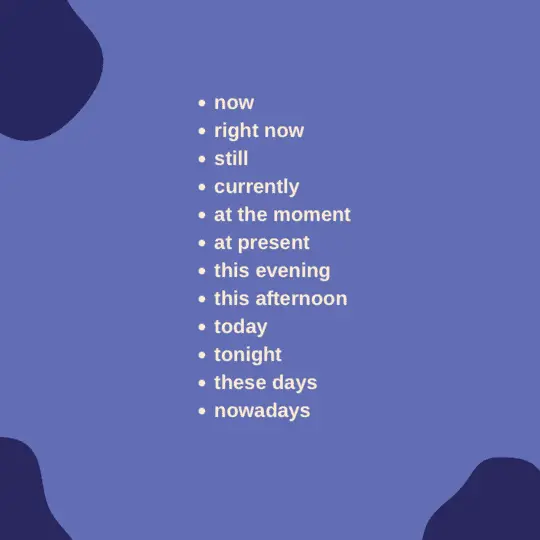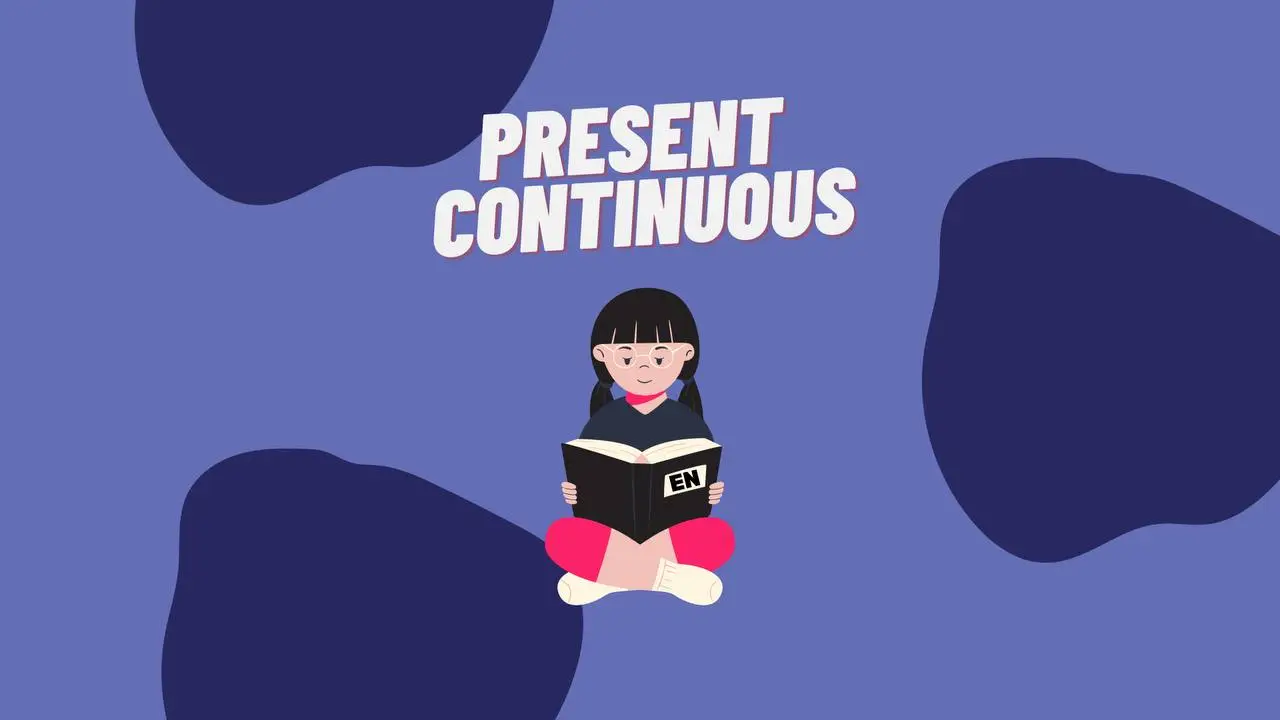In today's modern world, English is an increasingly vital language for communication. Its use extends to a wide range of areas such as business, technology, music, film, and television. The Present Continuous tense serves as an excellent example of the crucial role that English plays in communication. This tense allows us to describe ongoing actions and is a key component of effective communication. However, it can be challenging to use correctly, and it is easy to confuse it with other tenses. Therefore, it is essential to understand the rules and master the correct usage of Present Continuous.
How to be sure the present continuous is the right choice?
To ensure that Present Continuous is the correct choice, it is crucial to follow the rules for forming verbs with -ing. Failure to follow these rules can result in misunderstandings and confusion. Additionally, it is essential to be aware of how vowels change before the -ing ending, such as doubling the last vowel if the verb ends in one consonant preceded by one vowel, or replacing the y with an i if the verb ends with a y before a consonant. There are exceptions to these rules, such as verbs with -e losing the e before the -ing ending and verbs with -ie replacing ie with y before adding -ing.
Here are some more examples:

How to compose sentences in the present continuous?
When composing sentences in the present continuous tense, it is used to describe ongoing actions happening at a specific moment. This tense is especially useful in formal situations where clarity and precision are necessary. Present Continuous is one of the most common tenses in English and can describe the dynamics of an action not only when it happens, but also in a wide range of tenses. Examples of Present Continuous use can include descriptions of current processes, temporal actions, or future plans. Learning and mastering the Present Continuous tense is crucial for anyone who wants to speak English more accurately and naturally.
Time markers for Present Continuous
To correctly utilize Present Continuous, it is necessary to take into account time markers that indicate a specific moment when an action occurred. However, in situations where there is no clear time reference or when the action takes place over an extended period, the use of such markers may not be feasible.
In this tense, the most used markers are:

Forming sentences in Present Continuous and how not to get mixed up with other tenses?
Present Continuous sentences require the auxiliary verb “to be” (am, is, are) and the main verb with -ing ending. To avoid confusion with other tenses, it is essential to consider temporal characteristics. This can be particularly challenging for English language learners, but practicing and doing exercises can help develop a better grasp of the material. Once mastered, the tenses can be used with ease in real-life situations.
How not to get confused with Present Simple
One of the most common challenges for English learners is distinguishing between Present Continuous and Present Simple. While both tenses refer to the present, their uses differ. Present Simple is used for general facts and everyday situations, while Present Continuous is used for current actions or temporary situations.
Confusion arises due to incorrect verb choices. Verbs such as “love,” “hate,” “prefer,” and “want” are commonly used with Present Simple, whereas “work,” “study,” “watch,” and “listen” are typically used with Present Continuous. Additionally, Present Continuous is used for future scheduled or planned situations, while Present Simple is used to indicate a timetable or arrangement.
Understanding these distinctions is crucial for communicating with native speakers, writing formal letters or essays, and taking English exams such as TOEFL or IELTS. Correct usage of the tenses depends on the context, and practicing their use in everyday speech can enhance language precision and expressiveness while reducing confusion.
Applications of the Present Continuous tense in life
Discovering the advantages of acquiring a foreign language, particularly English, is the topic at hand. The primary rationale behind the significance of the English language in this day and age is due to the influence of technological advancements and globalization. Every year, an increasing number of individuals use the internet, social media, and mobile devices to interact with others and acquire information. English is the language of universal communication and is utilized in a vast array of technological products, programs, and applications. Acquiring English fluency allows people to become more proficient in using technology and conversing within an international context.
Additionally, having English proficiency can also be crucial for career growth and professional development. Several international firms use English as their official communication language, and English proficiency can heighten one's prospects of obtaining a job with such companies and increase their earnings.
Moreover, having English proficiency can benefit one's personal life, such as when traveling or conversing with people from diverse cultures. It can aid in people's understanding and appreciation of cultural disparities, as well as broaden their opportunities for learning and experience.
Overall, mastering the English language is increasingly vital in our modern world. It plays an essential role in international communication, technology, and business, and can expand people's prospects in their personal and professional lives. TeMa also provides a 50% discount on the first three classes, making it simple to find an English teacher. Commence learning English today!


-preview.png)